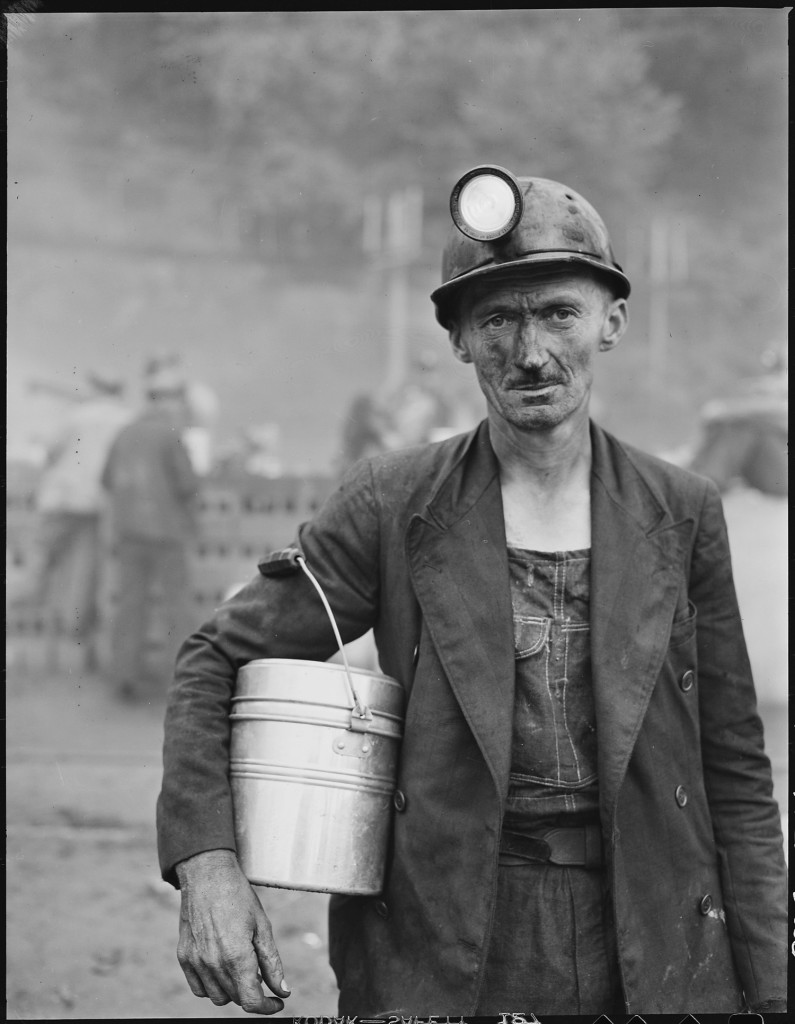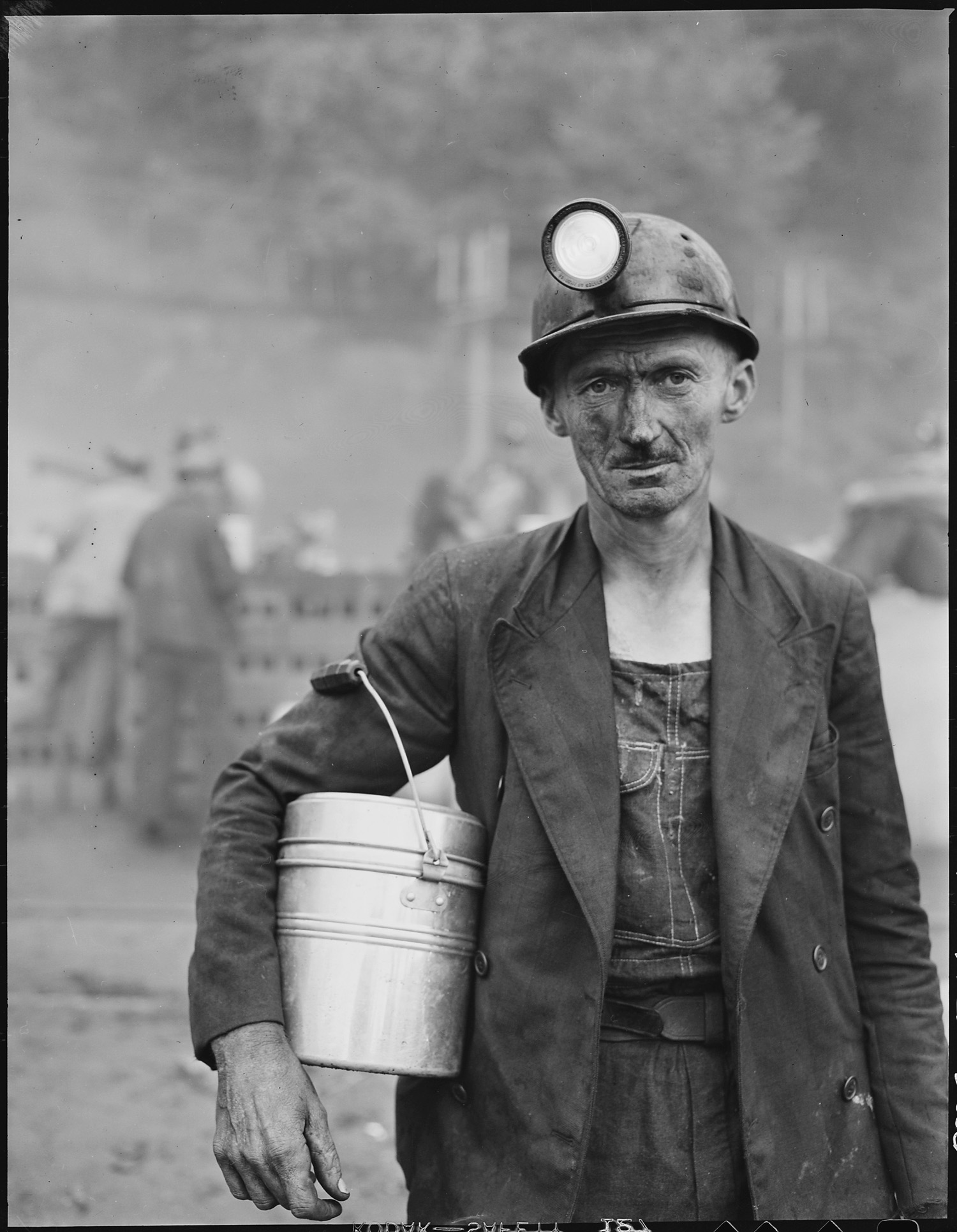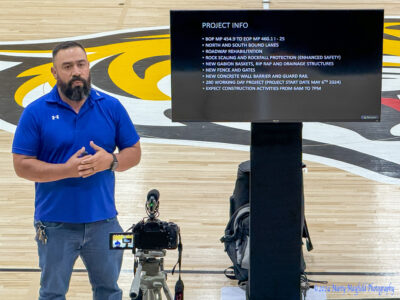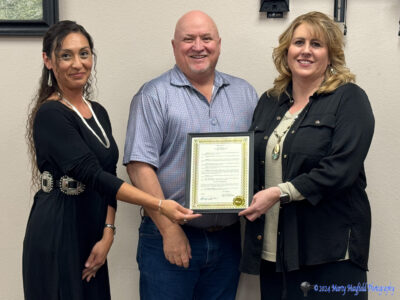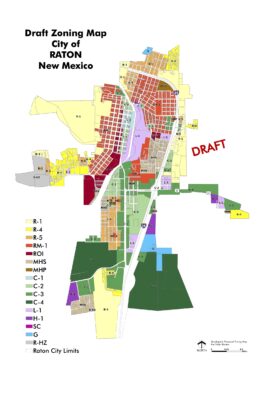by Nancy Christofferson
 HUERFANO — Walsenburg World, Feb. 20, 1906, under the headline “Disaster at Maitland”: “Monday morning there occurred one of the most terrible catastrophes in the history of Huerfano county. By a gas explosion in the Maitland mine at 10 o’clock yesterday morning nearly a score of miners lost their lives. The explosion occurred in what is known as the old Sunshine mine but which is now worked by the Victor Fuel company from the Maitland entry. The place of the explosion is under the hog back west of the old Sunshine entry.”
HUERFANO — Walsenburg World, Feb. 20, 1906, under the headline “Disaster at Maitland”: “Monday morning there occurred one of the most terrible catastrophes in the history of Huerfano county. By a gas explosion in the Maitland mine at 10 o’clock yesterday morning nearly a score of miners lost their lives. The explosion occurred in what is known as the old Sunshine mine but which is now worked by the Victor Fuel company from the Maitland entry. The place of the explosion is under the hog back west of the old Sunshine entry.”Despite the number of lives invested in opening and developing Huerfano’s early coal mines, this was the single worst, in terms of fatalities, that had befallen the miners in the 30 years since the first mine was worked commercially in 1876. It remained the worst mining disaster in the county for a mere 13 years until the Oakdale explosion claimed 18.
The Maitland tragedy happened Feb. 19, 1906, or, for the mathematically challenged, 110 years ago. Fourteen men were lost.
Originally, in 1889, the mine was known as the Sulphur Springs No. 2. While in its infancy, it happily shared facilities with a health resort offering medicinal sulphur baths (for 35 cents, or 4 for $1.00). That fall Ed Caddell was operating a grocery store in camp, and Gordon and Nelson were constructing a saloon. Employment, food, booze and baths – a miner’s paradise.
In the issue of Oct. 25, 1889, the same newspaper as above informed the public, “William H. Post is the new postmaster of the new Sulphur Springs post office.” However, that one was Sulphur Springs No. 1, which became Pictou mine. The Maitland post office did not open until January 1898.
As Sulphur Springs No. 2, the mine and camp were soon connected with the railroad. In October 1889, the mine owners had failed. The sheriff filed an attachment to fulfill obligations to the First National Bank of Denver for $25,000 “and maybe $15,000 more.” By late November it was back in operation, owner unknown – perhaps the bank had leased it out. Companies having mines near Maitland in the 1880s and ‘90s included Evans Jones of the Pikes Peak Coal Company, Denver Coal and Coke, Union Coal and Coke, Orman and Crook and Northern Coal Company. The area was a hotbed of activity as more and more veins were discovered.
Until the time Sulphur Springs No. 2 went idle because of financial difficulties, it was one of eight mines operating in the county. The editor noted in December of 1889 that, “The Walsenburg black diamond fields have never been so active and promising as now. Orders are pouring in so rapidly they cannot begin to fill them.” At the same time, the mine produced 40 cars of coal in one day, although the statistics are confusing because, in 1889, the Maitland mine was part of Pictou Slope 2. In fact, the Maitland is shown on maps in three separate places, while the name Sunshine continued to be in use well into the 1900s.
The mine was still plugging along in 1896 as the Sunshine. It averaged four or five railroad cars of coal per week. It may have been the property sold by John Foley in May 1897 for $3,000 to the Victor Coal and Coke Company, later Victor-American Fuel.
The Victor Coal Company was said to have opened the Maitland in 1897. The first coal was shipped in August “from its mine near Pictou”.
In 1898 the Pictou and Maitland mines were so close together the miners could hear the picks in the next mine, and when one flooded, so did the other. They also shared a fire or two when the veins caught fire.
The Maitland post office was established Jan. 31, 1898 with Frank P. Woodward postmaster. It was said to be “a lively little camp”. About the same time “The capitalists of camp have organized a company to send a man to the Klondyke for three years and they will take care of his family.” No word on the results of this venture.
Also in 1898 the product of the mine was being sold as Sunshine Maitland Coal.
In January 1899 a tragedy struck the Valke (or Volka) family. Their 12-year-old son, George, entered the mine to see his father, against his orders, and was killed in a fall of rock.
Victor went about expanding the mine and camp in 1900. New machinery was ordered, houses built and a mammoth ice house and cold storage plant constructed. The school was up to an enrollment of 40 under one teacher. Ten years later there were three teachers. The school building was said to be “one of the neatest and best furnished in the county”. It was in District No. 35, established in 1899. Jessie Snedden was the first teacher.
In 1902 the company brought in about 30 Japanese workers, which caused the few union men in camp to threaten a strike.
A disastrous fire in August 1903 burned the company stable, killing 15 mules and five horses.
A rather bizarre death was recorded in 1904, when a miner died “in the boardinghouse when a box of 100 giant caps in his pocket exploded.”
Then along came Monday, Feb. 19, 1906. Thirty-five men were in the mine when the fateful gas explosion occurred. The newspaper noted 15 or 20 more men were supposed to be at work but weren’t because “Saturday was pay day and many of the miners, with their families, were in Walsenburg ,and others of the foreign element were not yet recovered from the conjunction of pay day and a Sunday with plenty of money and were resting up from their celebration.”
Only 14 of the 35 were in the section of mine that exploded. All were killed outright. The Walsenburg World listed the known dead as William Moran, James Teeters, Archie Miller, Pete Divisio, Nizzi Natale, S. Lobana, ? Bemen, Domenk Lezeni and Natale Ore. The official list of dead were Moran, John Titters, Miller, Pete Divizio, Natali Nizzi, B. Lovera, F. Beam, Natali Ori, Fred Zezza or Zanner, Adamo Zannotti or Zanatti, Giousue Nizzi, Jonathan and K. Koster and N. Jacovach or Jacavak. If “Domenk Lezeni”, or Domenick Lenzini, was killed as well, that makes the death toll 15.
All but two of the miners were in their twenties when they died. Archie Miller, 28, was fire boss. A native of Scotland, he had joined the Masonic lodge there and was buried by the lodge in Walsenburg. He left a wife and child.
William Moran, just 21, was the son of James and Mary Ann Moran who spent the rest of their lives in Walsenburg until Mrs. Moran died in the 1970s. The parents and son are buried together in St. Mary South cemetery.
Also buried there are the two Nizzis, Ori, Zanner and Zannotti.
Maitland carried on. It passed through several ownerships but continually cut down on employees until the entire camp had a population of just 100 in 1920. Under the Caliente Coal Company in the 1930s, the mine was considered a major producer, though by 1939 most of the homes had been removed and the school closed. The post office had been discontinued in April 1935.
By the time of its total closure in 1962 after a destructive fire took the tipple and 50-60 tons of coal, Maitland had produced nearly two million tons of coal.
